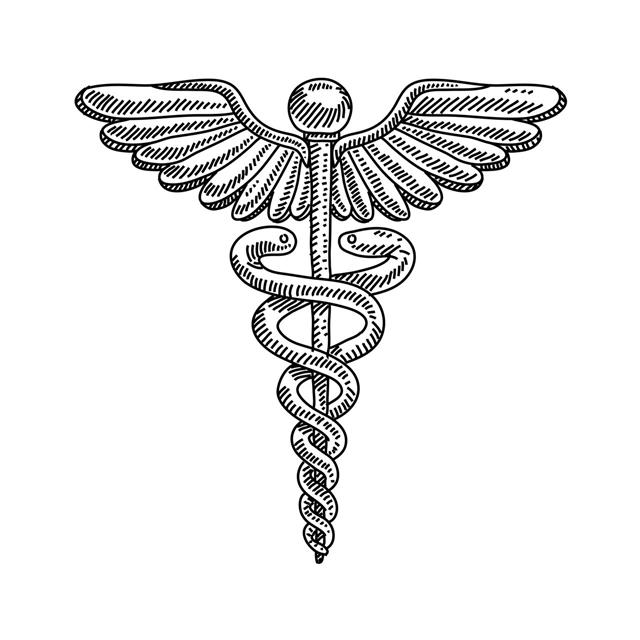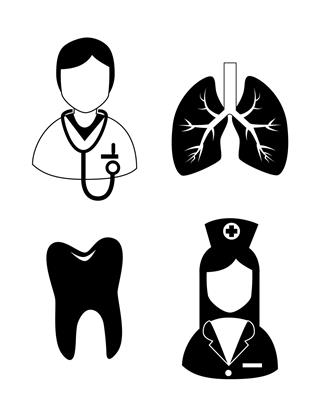
End stage pulmonary fibrosis refers to the late stage of a lung disease. This article provides some information about the prognosis and treatment of the same.
Lungs are a pair of organs in the chest that help in respiration. These lungs are covered in a protective membrane called the pulmonary pleura. The air that we breath in reaches the lungs through the windpipe. Within the lungs the windpipe branches out to smaller tubes called the bronchi and bronchioles. These tiny tubes carry the air to the millions of tiny air sacs called the alveoli for further respiration. These air sacs help in taking in oxygen and removal of carbon dioxide from the body. When these tiny alveoli are damaged and experience inflammation, it reduces their capacity to carry out these gaseous exchange. If the lung tissues are damaged beyond repair and scarred it leads to pulmonary fibrosis. By the time one reaches the end stage pulmonary fibrosis, the lungs cease to function properly leading to shortness of breath.
Causes
There are many chronic inflammatory conditions related to the lungs that cause pulmonary fibrosis. The term fibrosis indicates scarring of the lung tissues. This scarring occurs due to medical conditions such as sarcoidosis, exposure to silica, asbestos, ionizing radiation during radiation therapy for cancer, rheumatoid arthritis, tuberculosis, lupus, and use of certain prescription medications like heart medications, antibiotics, and chemotherapy drugs. Many times, after inhalation of organic dusts, chemicals, bacteria, fungi, etc., it may lead to hypersensitivity pneumonitis. This leads to fibrosis of the lung due to heightened immune reaction damaging the lung tissues. In many cases, there is no known cause of the disease and the condition is termed as idiopathic pulmonary fibrosis. As the disease begins to spread through the lungs, it leads to end stage pulmonary fibrosis. The end stage indicates the disease will lead to death.
Symptoms
The initial stages of pulmonary fibrosis include shortness of breath after slight exertion. Soon, a person may develop breathing problems when resting. Along with breathing trouble, the affected person begins to develop dry cough and rapid heartbeat. He/she may experience chronic fatigue and unexplained weight loss. Soon, he/she will find his/her fingertips and toes become enlarged. Furthermore, joint pains become very common as the disease spreads.
End Stage Symptoms
This stage is characterized by alveolar re-epithelialization. The affected person develops persistent fibroblasts and shows distortion of lung structure. There is excessive scarring of the tissues and the lungs fail to function. This causes lack of oxygen in the blood. One of the symptoms is a blue tinge on the skin and mucus membranes. This is called cyanosis that occurs due to lack of oxygen in the body. The tissues lose their ability to transport oxygen permanently as the air sacs as well as lung tissues are completely destroyed and have formed scar tissues. This causes the alveoli and lung tissues to harden, making it difficult to transport oxygen across the cells.
End Stage Treatment
One cannot reverse the scarring, but can try to stop the progression of the disease. The doctor may prescribe medications like corticosteroids and other drugs to slow the disease. Oxygen therapy helps in breathing easy and prevents lack of oxygen within the body. Physical exercise, breathing techniques, and change in diet help in improving the quality of life. Lung transplantation is the last step of treatment used if all other treatments fail.
End Stage Prognosis
When the arteries and capillaries in the lungs develop scars, it causes an increase in blood pressure within the arteries. This leads to pulmonary hypertension that may prove to be fatal. Another condition that may arise is right-sided heart failure. This occurs as the lower right chamber has to pump harder to push the blood through the partially-blocked pulmonary arteries. In some cases, the end stage may lead to respiratory failure due to excessive scarring and even lung cancer.
As observed from the aforementioned complications, the prognosis is very poor. Most of the affected people do not survive more than 5 years. A few of them quickly develop the end stage of this medical condition and some tend to slowly enter into it. The pulmonary fibrosis life expectancy is very low.
This is an irreversible condition, if diagnosed early it can be stopped from progressing further. One should stop smoking and get regular check ups if one is working in a risky environment. Pulmonary fibrosis is generally an occupational hazard for those working in industries of chemical compounds. Its last stage, generally proves to be fatal. For further details, one should speak to their health care provider.
Disclaimer: This HealthHearty article is for informative purposes only, and should not be used as a replacement for expert medical advice.







